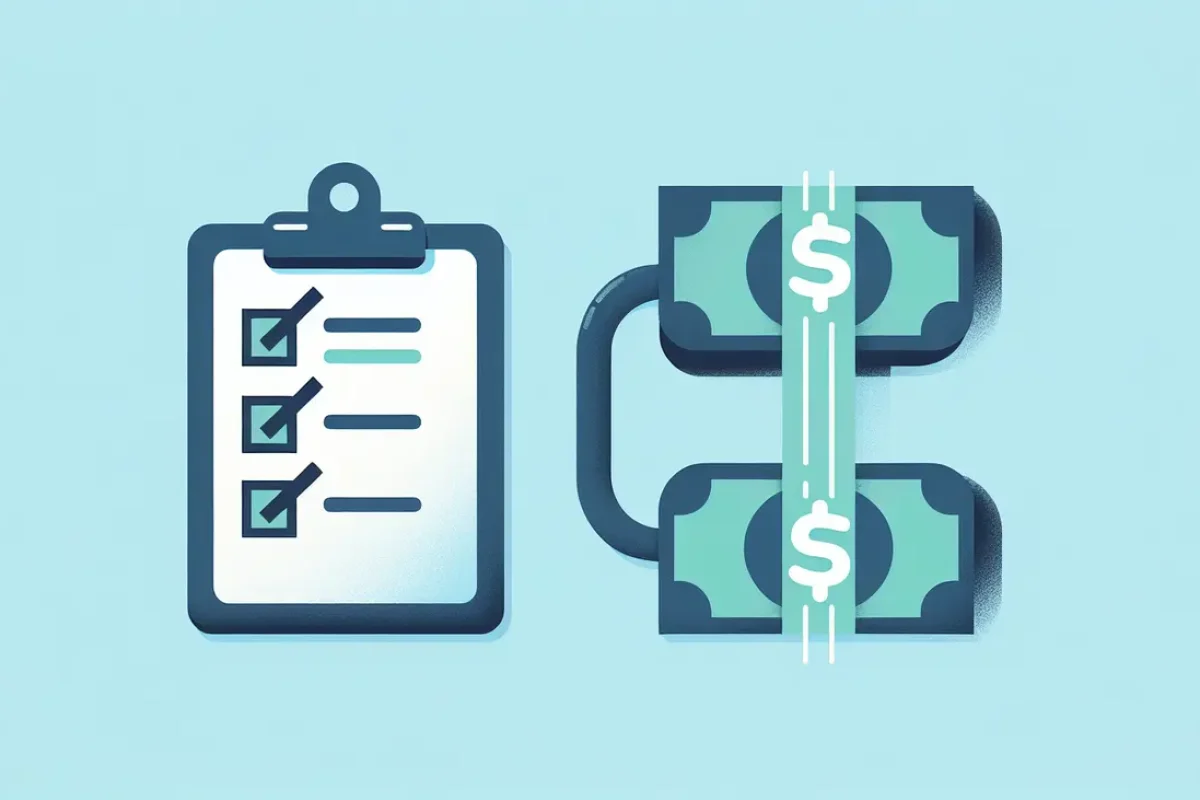Managing cash flow is vital for the financial health of any business. Credit control plays an instrumental role in this process. By understanding how credit control affects cash flow, businesses can ensure a steady income stream and avoid financial pitfalls. Let’s break down the relationship between credit control and cash flow.
What is Credit Control?
Credit control is not just a financial operation; it’s a backbone strategy for sustaining a healthy business environment. At its core, it involves managing and monitoring customer credit accounts to ensure on-time payments. This process includes evaluating customer creditworthiness, setting credit terms and limits, and continuously tracking outstanding dues. By establishing a structured credit control system, businesses can significantly reduce the risk of bad debts, thus maintaining a stable cash flow.
For small businesses, credit control acts as a frontline defense against financial instability. It’s the fine line between merely surviving and truly thriving. By diligently managing how and when you extend credit, you can grow stronger customer relationships that are built on trust and reliability. Understanding the fundamentals of credit control is essential in creating policies that support sound financial practices.
The Impact of Credit Control on Cash Flow
The significance of credit control becomes glaringly evident when we consider its direct impact on cash flow. By implementing effective credit control measures, businesses can ensure a predictable and steady cash inflow. This is accomplished by setting clear payment terms and ensuring customers adhere to them. Such practices prevent overdue accounts and minimize the financial disruptions caused by unpaid invoices.
Transport yourself to a scenario where invoices are delayed and payments are uncertain. The anxiety that small businesses feel is palpable. Robust credit control mechanisms can alleviate such pressures, offering peace of mind. By reviewing your business’s cash flow regularly, you gain insights into potential bottlenecks and manage them proactively, ensuring that your company operates smoothly and efficiently.
Managing credit effectively not only bolsters your finances but also enables you to reinvest in growth. Unpaid debts impact your ability to pay your own suppliers and manage day-to-day operations. Therefore, having an unwavering focus on credit control across all customer interactions is essential for maintaining a balance between accounts payable and receivable.
Strategies for Improving Credit Control
Implementing a set of robust strategies enhances the efficiency of credit control within businesses. Initiatives like conducting regular credit checks on customers can provide foresight into potential payment challenges and preemptively address them.
One effective strategy is rewarding prompt payments. This is where offering discounts for early settlements comes into play. Allowing customers to benefit financially from settling their debts quickly can be an excellent motivator, keeping cash flowing smoothly into your accounts.
Automation in credit management contributes immensely to its improvement. Automated systems can track outstanding invoices, dispatch payment reminders, and facilitate follow-ups without consuming valuable human resources. Additionally, credit management solutions offered by professional firms can tailor approaches to meet specific business needs, ensuring the highest potential for collection success.
Common Challenges in Credit Control
Despite diligent planning and execution, businesses often face common hurdles in credit control. Late payments and outstanding debts are perennial challenges that can hamper efficient cash flow.
Customer relations are integral, and addressing payment delays must be done with tact. Balancing assertiveness in collecting debts while maintaining favorable relationships requires skill. Solutions exist that manage these situations with finesse, ensuring both cash flow stability and customer retention.
Overcoming these obstacles requires flexibility and effective communication. Regular interactions and transparent dialogue can minimize disputes and create equitable agreements between businesses and their clientele. Agility in resolving issues swiftly can ameliorate not just the immediate financial constraints but also set a precedent for future dealings.
The Role of Technology in Credit Control
In the digital age, technology plays a crucial role in revolutionizing credit control practices. Tools such as automated invoice systems and cloud-based accounting software alleviate the manual effort involved in tracking and collecting payments. This automation speeds up payment cycles and ensures timely reminder notifications to customers.
Moreover, technological advancements provide clarity and insights into financial operations. Real-time credit assessments enable a business to take swift, well-informed decisions with respect to extending credit to new and existing clients. Such data-driven strategies can significantly elevate cash flow efficiency.
Adopting advanced software resolves many traditional credit control challenges by fostering seamless, instantaneous communication and financial transparency inside teams and with customers. Embracing these innovations is a step toward not only stabilizing cash flow but also adapting to the future of business transactions.
Final Thoughts on Credit Control and Cash Flow
In conclusion, effective credit control processes can significantly enhance a company’s cash flow by ensuring timely collections, reducing bad debts, and maintaining favorable vendor relationships. By prioritizing credit management, businesses can achieve financial stability and growth.







